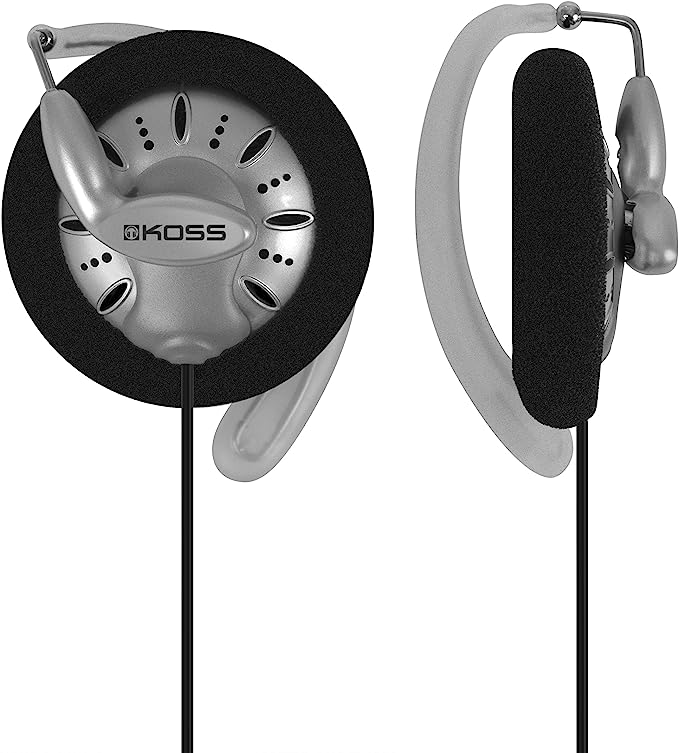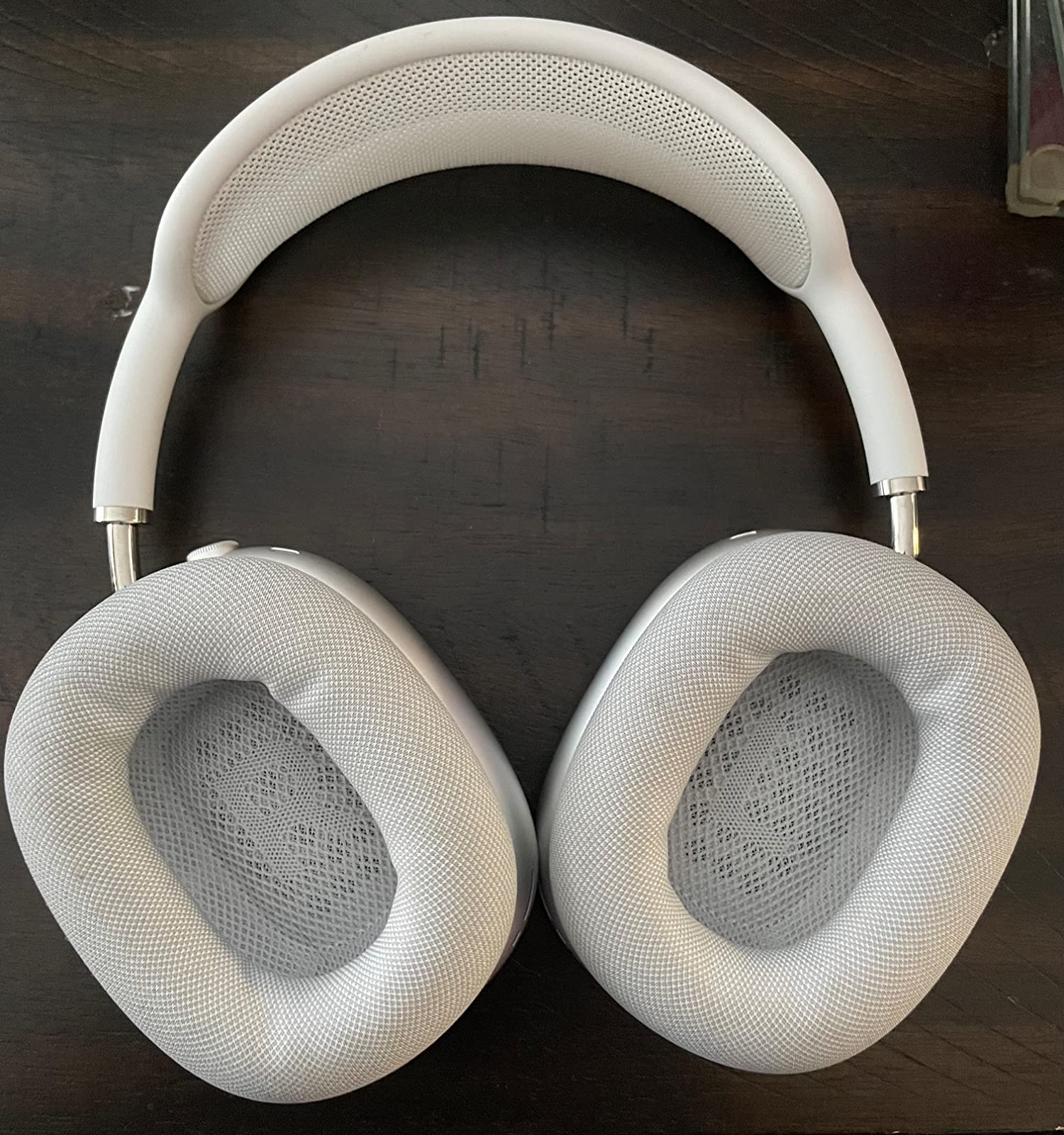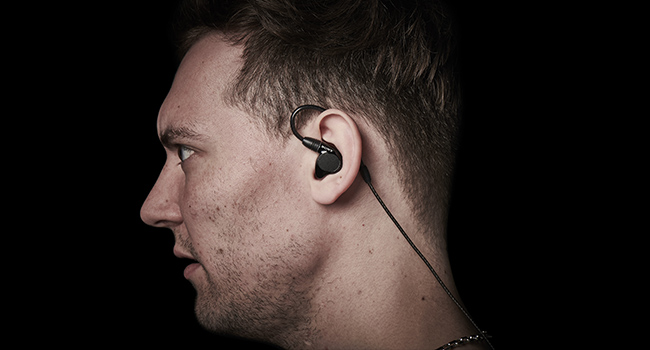AKG Pro Audio K712 PRO Headphones – A True Audiophile's Delight
Update on June 29, 2025, 4:13 p.m.
There is a peculiar magic to a great pair of headphones. You close your eyes, and suddenly the space between your ears dissolves. You’re no longer in your study, but in a wood-paneled recording studio, a vast concert hall, or a smoky jazz club. You can sense the guitarist to your left, the vocalist centered before you, the subtle echo of the room itself. Yet, the source of this sprawling universe is two small speakers clamped to your head. This is a paradox. How can something so intimate create an experience so expansive? The answer lies not in magic, but in a profound understanding of physics, engineering, and the most complex audio processor of all: the human brain.
A reference headphone like the AKG K712 PRO isn’t just a device for playback; it’s a meticulously calibrated instrument for creating a convincing illusion. Its purpose is to feed our brain a stream of acoustic cues so precise, so faithful to reality, that our mind willingly suspends disbelief and constructs a world from sound. Let’s deconstruct this grand illusion, piece by piece.

Escaping the Closet: The Physics and Psychology of Open Space
Most of us are familiar with the typical headphone experience: the music feels like it’s playing from a point directly in the center of our skull. This “in-head localization” happens because the headphones create a sealed, tiny acoustic chamber around each ear. Sound waves, just like any waves, reflect off surfaces. Inside a sealed cup, these reflections bounce around chaotically, smearing the original signal and creating unnatural resonances. It’s the acoustic equivalent of shouting into a closet; the sound is trapped, colored, and confined.
The engineers at AKG chose a radical solution to this problem: they removed the walls. The K712 PRO features an open-back design, where the rear of the earcup is acoustically transparent, usually covered by a grille. This simple-sounding choice is a fundamental philosophical statement. By allowing sound waves from the rear of the driver to escape into the environment, it prevents them from getting trapped. Pressure cannot build up, and destructive reflections are minimized.
This is where physics hands the baton to psychology. Our brain determines the size and shape of a space primarily through subtle audio cues—the tiny delay between a sound reaching one ear versus the other, and the complex pattern of reflections (reverberation) from our surroundings. An open-back design allows the headphones to reproduce these spatial cues with far greater clarity, without the confounding “noise” of a sealed chamber. It doesn’t create the space; it provides your brain with the high-quality blueprints it needs to build that space itself. The result is an expansive, airy soundstage that feels startlingly real. This realism, however, comes at a deliberate cost: these headphones don’t isolate you from outside noise, nor do they keep your music private. It is the necessary sacrifice of isolation in the noble pursuit of authenticity.

The Artist’s Brushstroke: Speed and Finesse from a Flat-Wire Coil
Once the vast, three-dimensional canvas of the soundstage is established, it must be populated with details. The sounds of instruments and voices must be rendered with clarity, texture, and immediacy. This is the work of the headphone’s driver, and at its heart is the voice coil—the true engine of sound.
Here, the K712 PRO utilizes a revolutionary flat-wire voice coil. To grasp why this is significant, imagine the voice coil as a high-performance piston in an engine. It’s a coil of wire suspended in a magnetic field. When an electrical audio signal flows through it, an electromagnetic force causes the coil to move with incredible speed, pushing a diaphragm to create sound waves. The more precisely and instantly the coil can follow the signal, the more accurate the sound. Traditional round wires, when wound into a coil, leave small, inefficient gaps. AKG’s flat wire, however, can be wound edge-to-edge, packing more conductive material into the magnetic gap.
This creates a stronger, more uniform electromagnetic motor. It gives the driver a vise-like grip on the diaphragm’s movement. For the listener, this translates into a breathtaking transient response. A transient is a short, sudden sound, like the sharp crack of a snare drum or the initial pluck of a guitar string. The flat-wire coil allows the K712 PRO to draw these sonic events with the instantaneous, sharp edge of a master calligrapher’s brush, rather than the blurry stroke of a blunt marker. The details aren’t just present; they are visceral and perfectly in focus.

The Weight of Realism: The Calculated Power of 3 Decibels
The physics of an open-back design presents one final challenge: low-frequency energy, or bass, can easily dissipate into the open air, sometimes making the sound feel light or thin. Simply boosting the bass indiscriminately would be a crude fix, destroying the headphone’s integrity as a “reference” tool and shattering the illusion of realism. The solution must be elegant and precise.
AKG’s engineers implemented an improved low-end performance by 3dB. That number is incredibly specific. In the logarithmic world of decibels, a 3dB increase represents a doubling of acoustic power. This isn’t a blunt instrument but a scalpel. It’s a carefully calculated adjustment designed to compensate for the natural physics of the open design, bringing the bass into perfect perceptual balance with the midrange and treble.
It helps to think of our hearing. Based on well-established psychoacoustic principles like the Fletcher-Munson curves, we know the human ear is naturally less sensitive to low frequencies at moderate listening levels. This 3dB boost acts as a form of perceptual correction, ensuring that bass notes have the weight, authority, and texture they would in a real acoustic space. It’s the difference between a chef who perfectly seasons a dish to bring out its natural flavors, and one who simply drowns it in sauce.
The Disappearing Act
Ultimately, the goal of a great reference headphone is a kind of paradox: it must perform a disappearing act. Through a masterful synthesis of physics, engineering, and an implicit understanding of human perception, it must erase itself from the equation. The K712 PRO, with its open architecture that sculpts space, its nimble voice coil that paints detail, and its precise tuning that grounds the experience in reality, is an instrument designed to become a perfectly transparent window. It endeavors to leave nothing behind but you and the artist, together in a room built of pure sound. The grandest illusion, after all, is the one you never realize is happening.



























































